Who Was the Most Powerful Woman in Ancient History?
As the #MeToo movement takes center stage, we asked historians to look to the past for lessons from powerful women.
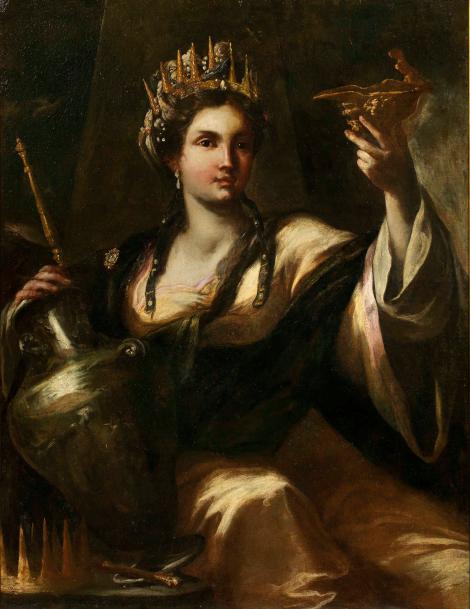
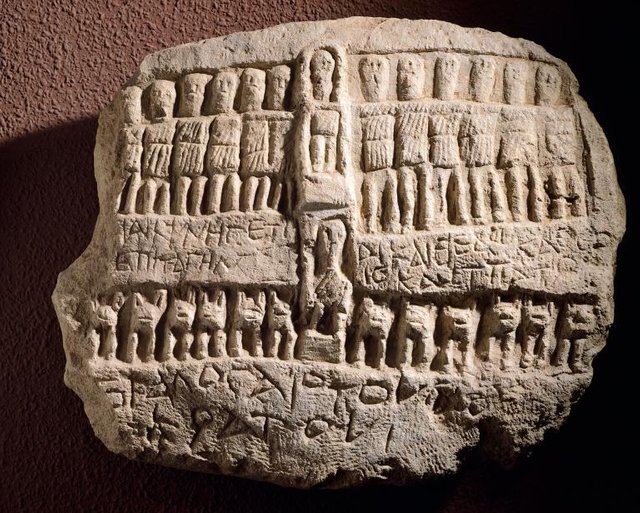
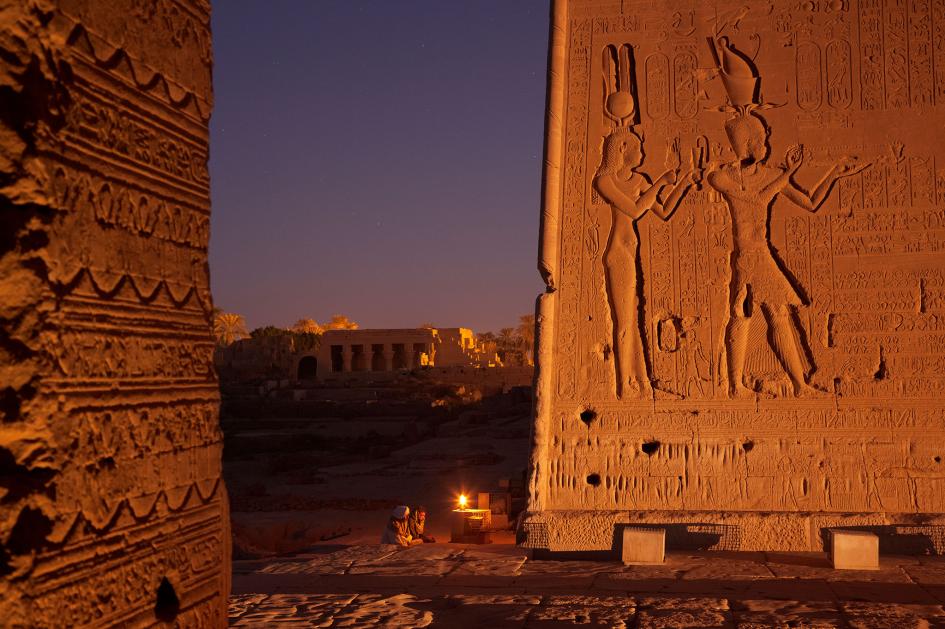
This relief shows Cleopatra with Caesarion, her son with Roman emperor Julius Caesar. Though she had been married to two of her brothers, their unions produced no children.
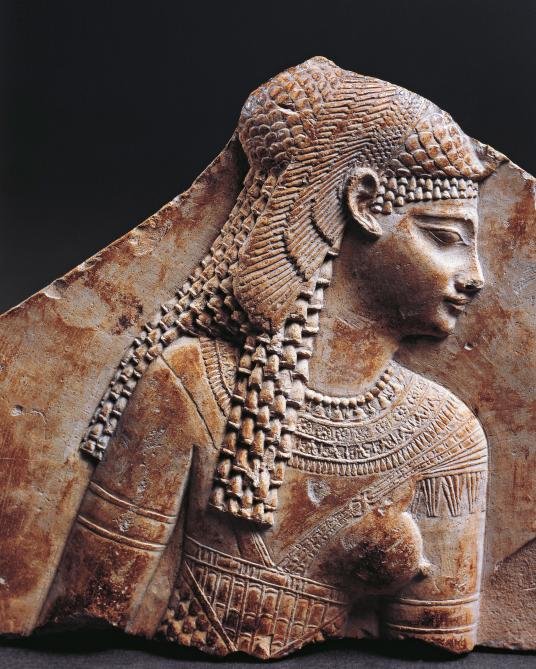
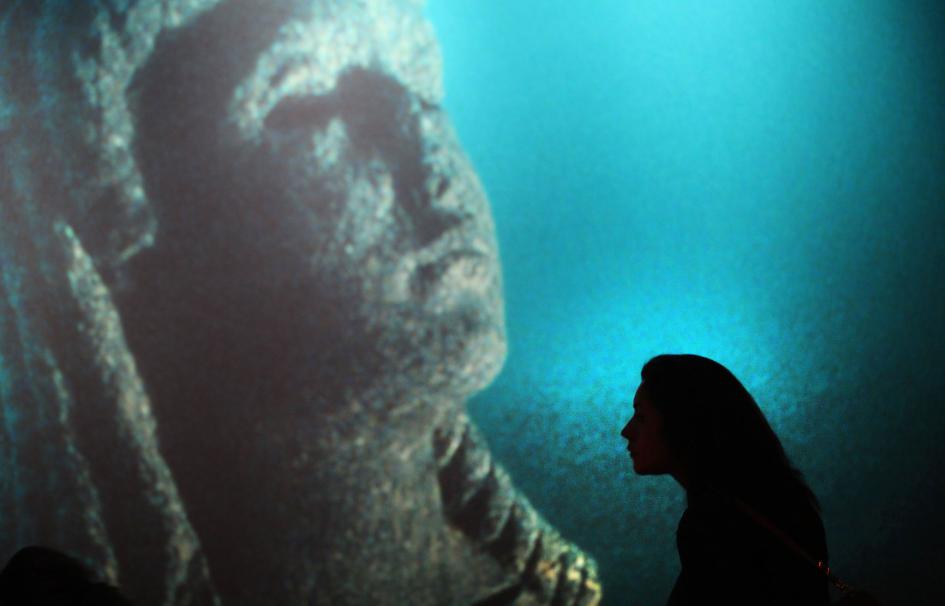
A visitor to the California Science Center views artifacts in the exhibit "Cleopatra, The Search for the Last Queen of Egypt." Cleopatra, famous for her influence over the most powerful men of her day, is one of several ancient women who found their own ways to power.
PHOTOGRAPH BY BRIAN VAN DER BRUG, LOS ANGELES TIMES/GETTY IMAGES
From politics to the Oscars, the #MeToo movement is spotlighting the nature of women’s relationship to power. Why are traditional positions of power still closed to so many? How do women work within those systems (or against them) to achieve their own agency?
It’s no challenge to find inspiring women doing powerful work in today’s world. But it’s also worth remembering that those living here and now aren’t the only names to draw from.
Though the records that reach us aren’t necessarily an accurate picture of what life was like thousands of years ago—in a narrative dominated by men writing about men, women often only appear when they’re being vilified—history is replete with powerful women. [How much do you know about these women who ruled?]
So we asked three leading historians how they think women’s power worked in the ancient world, and who was best at working it.
SOFT POWER
“All too often, power is often wrongly attributed to just the public, political sphere,” says Aneilya Barnes, a classics professor at Coastal Carolina University.
“Because that space is particularly male-dominated, power and men become equated. I would extend that to say power is also influence.”
Cleopatra (69 B.C. – 30 B.C.), as a result of ancient writings and not-so-ancient Hollywood films, wields a reputation of seductress par excellence. The last scion of the Ptolemaic dynasty that ruled Egypt for nearly 300 years, Cleopatra secured her position—and her kingdom’s independence—through her influence over Roman leaders Julius Caesar and Mark Antony, some of the most powerful Western men of the time. [Learn how volcanoes caused violent uprisings in Cleopatra's Egypt.]
By Barnes’s estimation, Cleopatra’s status is unfairly and inaccurately attributed only to her sexuality. Calling that idea “absurd,” Barnes points out that “Caesar’s access to female bodies is infinite.” Barnes suggests that the emperor sided with Cleopatra against her brother-husband in the midst of an almost-civil war not because she was sexier, but because “he knew she had the power to take and hold the throne.”
Whether her intelligence or her sex appeal (or both) was the source of her influence, it’s undeniable that Cleopatra had plenty of it. Her influence-as-power strategy kept Egypt whole and independent in a tumultuous time—and secured her reputation for thousands of years.
video.nationalgeographic.com/video/cleopatra
CLEOPATRA Learn about the dramatic rise—and tragic fall—of the Queen of the Nile.
WARRIOR QUEENS
Yurie Hong, an associate professor of classics and gender, women’s, and sexuality studies at Gustavus Adolphus University, takes a different tack.
“Power is most often thought of as having control and authority," she says. “While influence is a form of power, it’s not the same as direct control and authority over others.”
Hong holds up the 5th-century B.C. Greek queen Artemisia of Halicarnassus as an example of direct power. A respected naval commander allied with the Persians against the Greeks, Artemisia apparently betrayed her own Persian allies when defeat seemed imminent during the pivotal Battle of Salamis in 480 B.C. Yet she retained the admiration of both the Greeks and the Persians—especially Persian king Xerxes, who praised her cleverness and followed her advice, according to historian Herotodus. [Read the book In Praise of Difficult Women: Life Lessons from 29 Heroines Who Dared to Break the Rules.]
Though Artemisia may be more famous, Hong describes other warrior queens, like the Celtic leader Boudicca, who rebelled against Roman colonization of Britain around 60 B.C., or Tomyris, leader of the Central Asian nomadic tribe of the Massagetae, who defeated Persian king Cyrus the Great in 530 B.C.
Of Tomyris: “She’s my favorite,” Hong says
BEST OF BOTH WORLDS
“What makes sense to us as power isn’t always what power is to people in other times and places,” cautions Amy Gansell, a professor of art history at St. John’s University.
In the ancient Mesopotamian city-states of Sumer, for example, rulers akin to queens and kings existed—though power was not solely in their hands, but rather spread out over a more complex structure in both direct and indirect forms.
“The relationship between temple and palace may have overlapped in ways, with political figures and royal family members holding high rank in cult,” Gansell says.
One such was Enheduanna (2285 – 2250 B.C.), a princess who became high priestess of Ur, one of Sumer’s most powerful cities. Her surviving poems and prayers make her the first known poet with a recorded name and cement her influence as a religious and literary figure—even a political one, as her work was intended specifically to unify the various Sumerian city-states.
“She brings our attention to the fact that, early on, women absolutely had roles outside the house,” Gansell says. Respected and highly visible, Enheduanna was “really powerful, and not just in a political domain: ritual supports politics and vice versa.”
A SEAT AT THE TABLE
Much as we might learn from these ancient women, it’s barely the beginning of the story.
“One of the problems with looking at powerful women in history,” says Barnes, “is that we overlook the importance of ordinary women and the roles they played on a daily basis in their communities and families.”
And Hong points out that while individual women may gain prestige, that doesn’t always translate to all women becoming empowered. “You could gain some power within the structure, and choose to exploit, uphold, or challenge it,” she says. “But challenging the status quo might make you lose power.”
“We’ve got to change the way we think in order to understand,” adds Gansell. “When things start to make sense is when we have to do more research.”
Ultimately, continuing to question and learn is the only way to elevate those voices traditionally excluded from history—all those whose names might not be recorded but who carried the world to where it is today.
“Until we are able to fill in these massive holes in history,” Barnes says, “that narrative is never going to change.”
Hey brother join my curation trail ..
@fidofinans.
Congratulations @abubakarshuvo! You received a personal award!
Click here to view your Board
Do not miss the last post from @steemitboard:
Vote for @Steemitboard as a witness and get one more award and increased upvotes!
Congratulations @abubakarshuvo! You received a personal award!
You can view your badges on your Steem Board and compare to others on the Steem Ranking
Do not miss the last post from @steemitboard:
Vote for @Steemitboard as a witness to get one more award and increased upvotes!